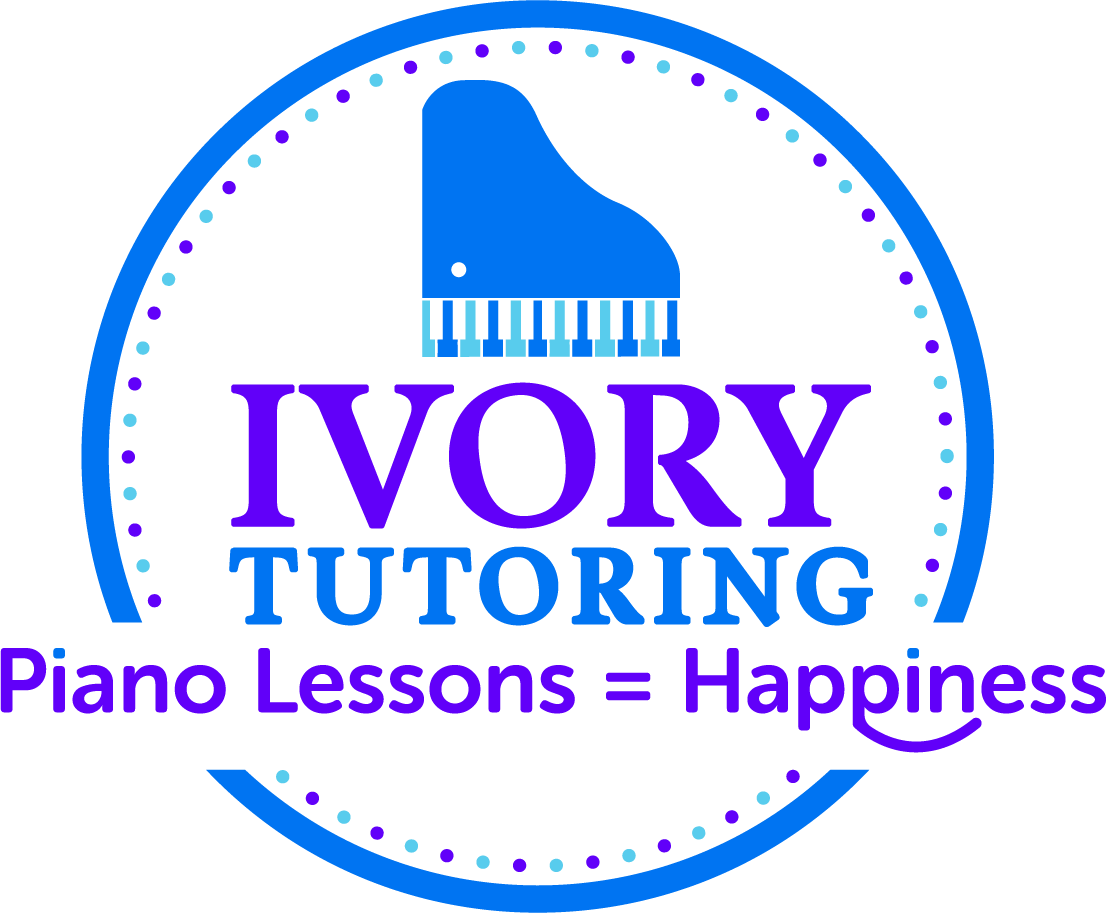The Power of Passion & Purpose when Teaching
Ever since December 2020, I started seeing my piano teaching role as very differently to what I used to see it.
I didn’t see myself as just a “piano teacher” who saw my students for 30 minutes a week, then forgot about them. I started seeing myself as having an important role in the child’s life, in the fact that I could be potentially helping them to develop a lifelong love and passion for music and piano playing, just like my teacher imbued in me. This was further reinforced when I started taking the Psychology unit ‘Lifespan Development’ at UWA, and the lecturer talked about how crucial and influential the environment is at shaping a child’s development. The environment encompasses things like the child’s life experiences, teachers, the school environment, and peers.
This made me reflect deeply about my childhood experience, and got me to realise and appreciate the colossal impact that my school teachers and experiences had on my life trajectory. I suddenly had this strong urge and desire to pass on the positive impact that I received from my teachers (particularly my piano teacher) to my students too, so that they can enjoy the process of learning piano, as well as gain lifelong skills such as goal setting, confidence, hard work and enjoyment.
Upon all these realisations, I started to act more authentic in lessons – I was just super confident to be myself, enjoy the lesson with the student, and be naturally passionate with the hope of passing that passion forward. I believe that passion & purpose are major predictors of happiness and success (still needs to be properly researched!), and I strongly believe that we all need to find our true passion & purpose in life to fully self-actualise.
And it all starts with teaching and being a role model.
Passionate & positive teacher = passionate & positive student. Us humans all rub off on each other in ways we don’t even realise, so we can harness this power and use it to spread around our love, passion and positivity.

